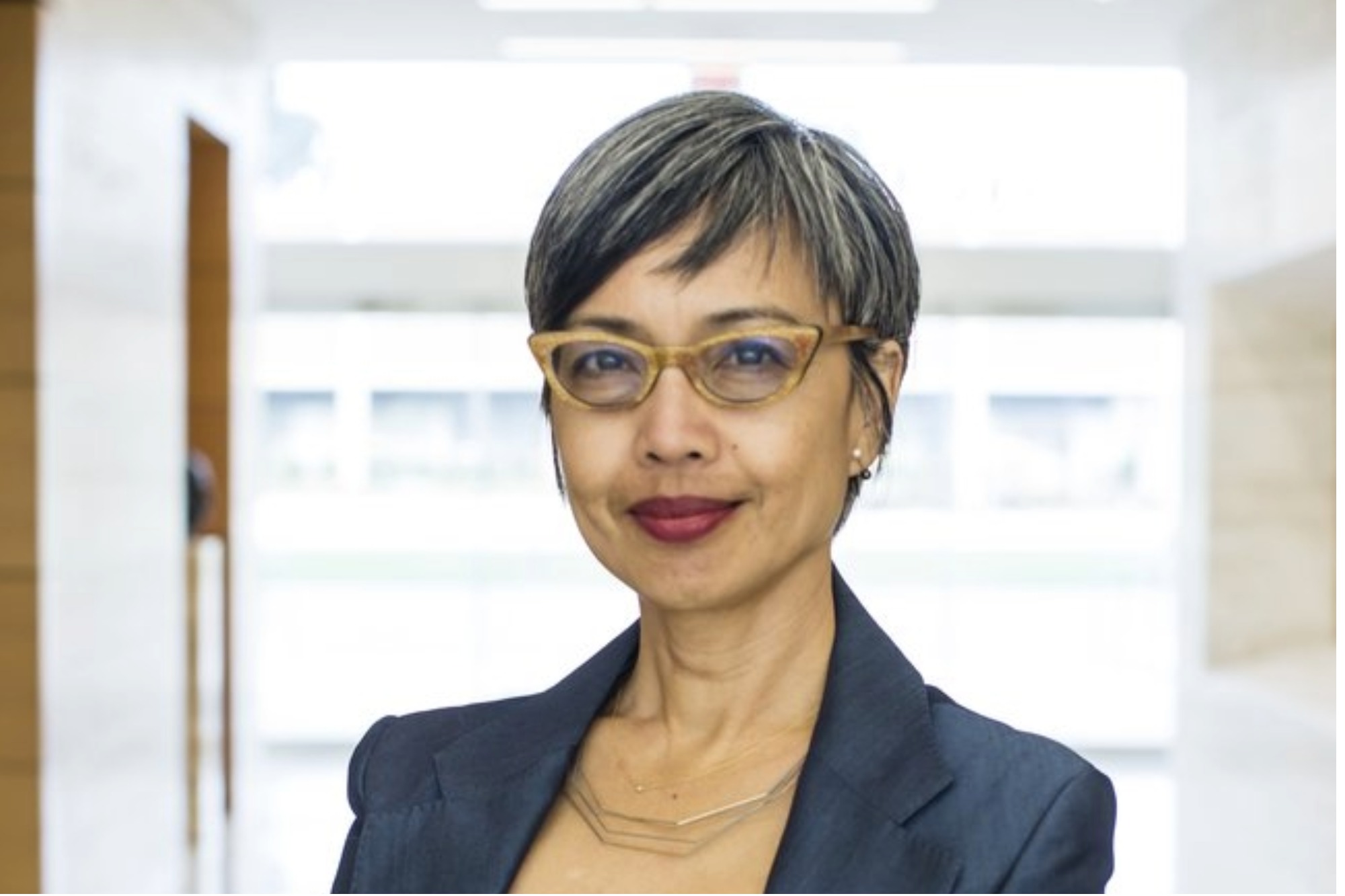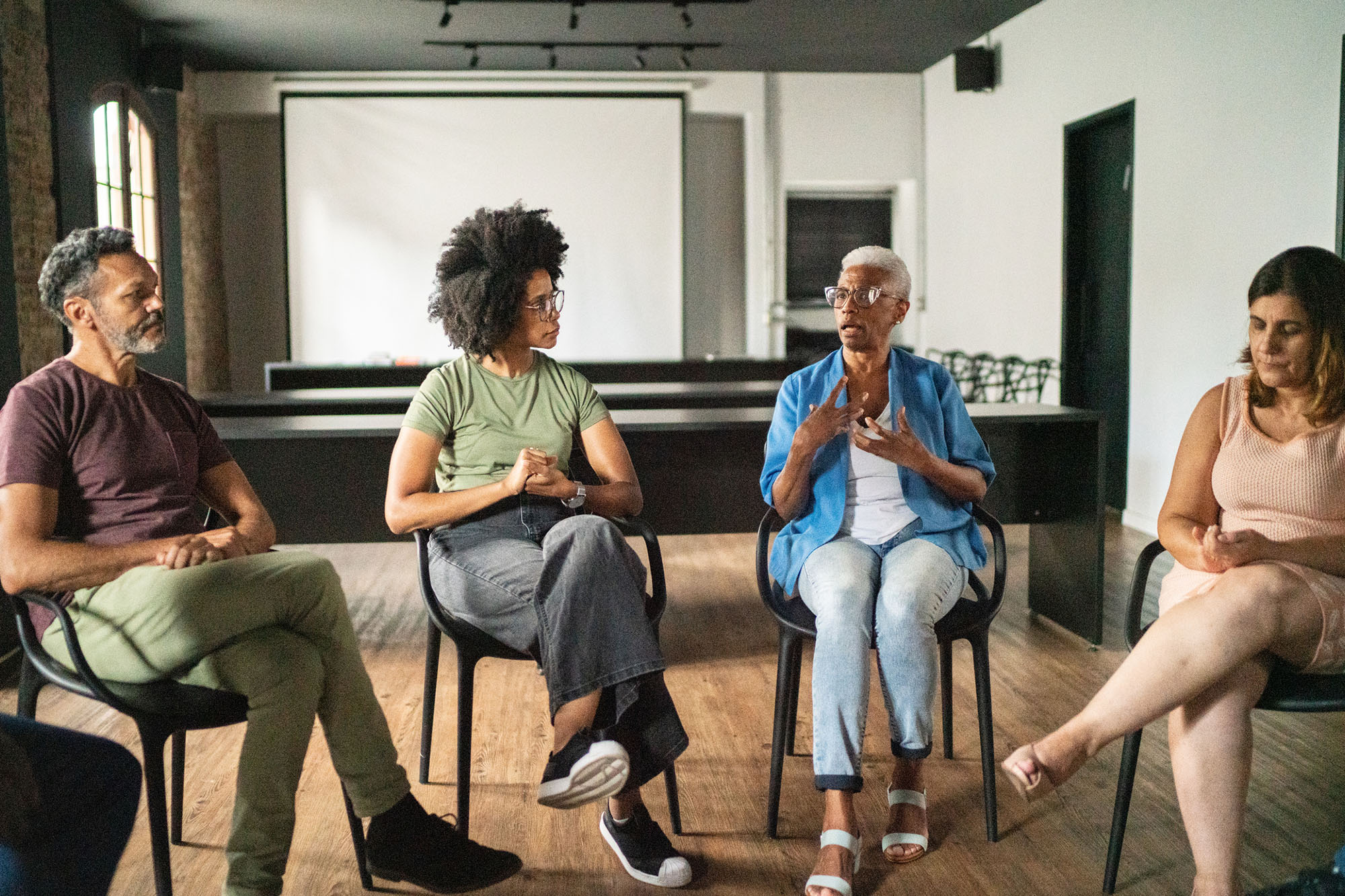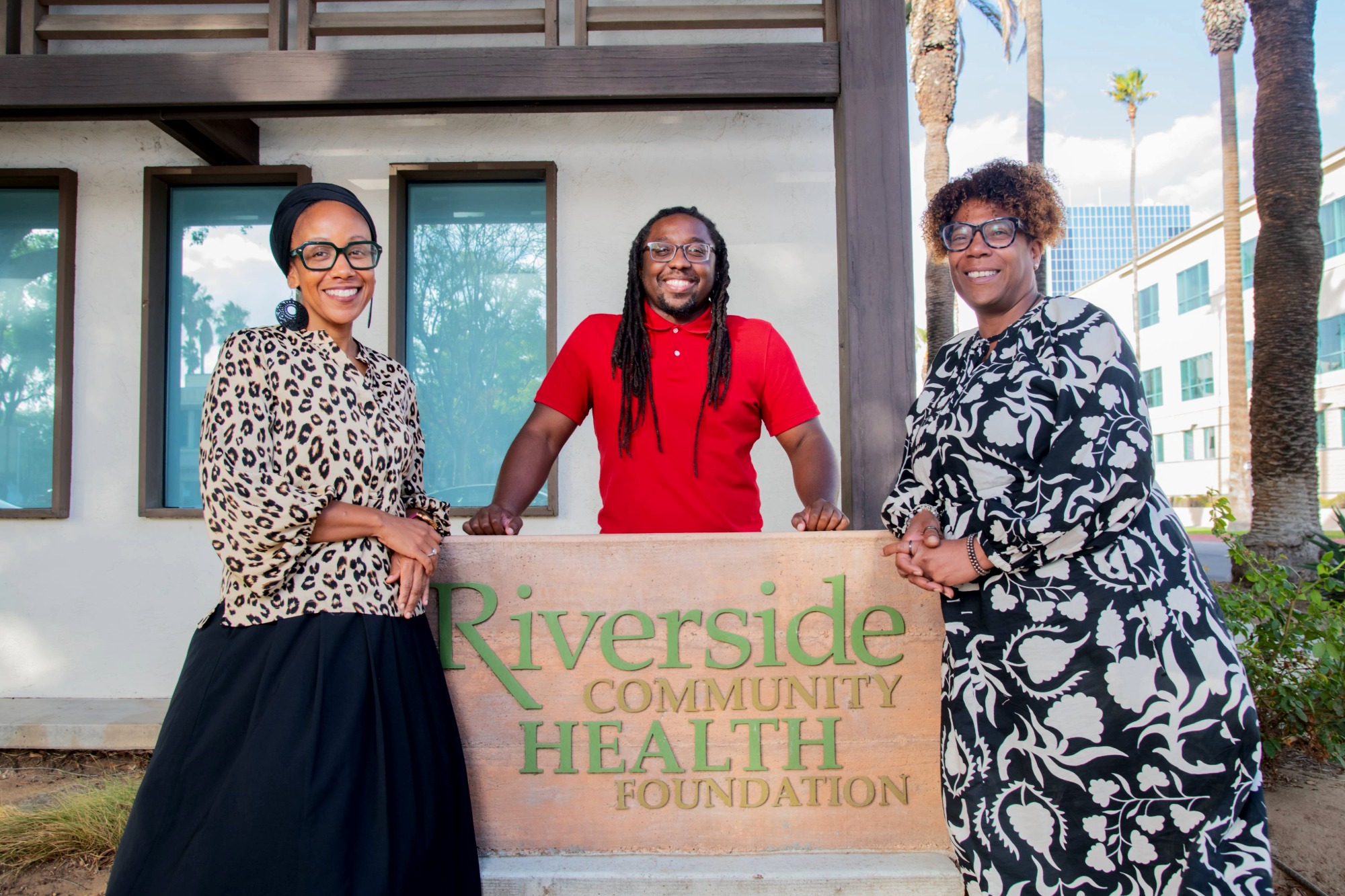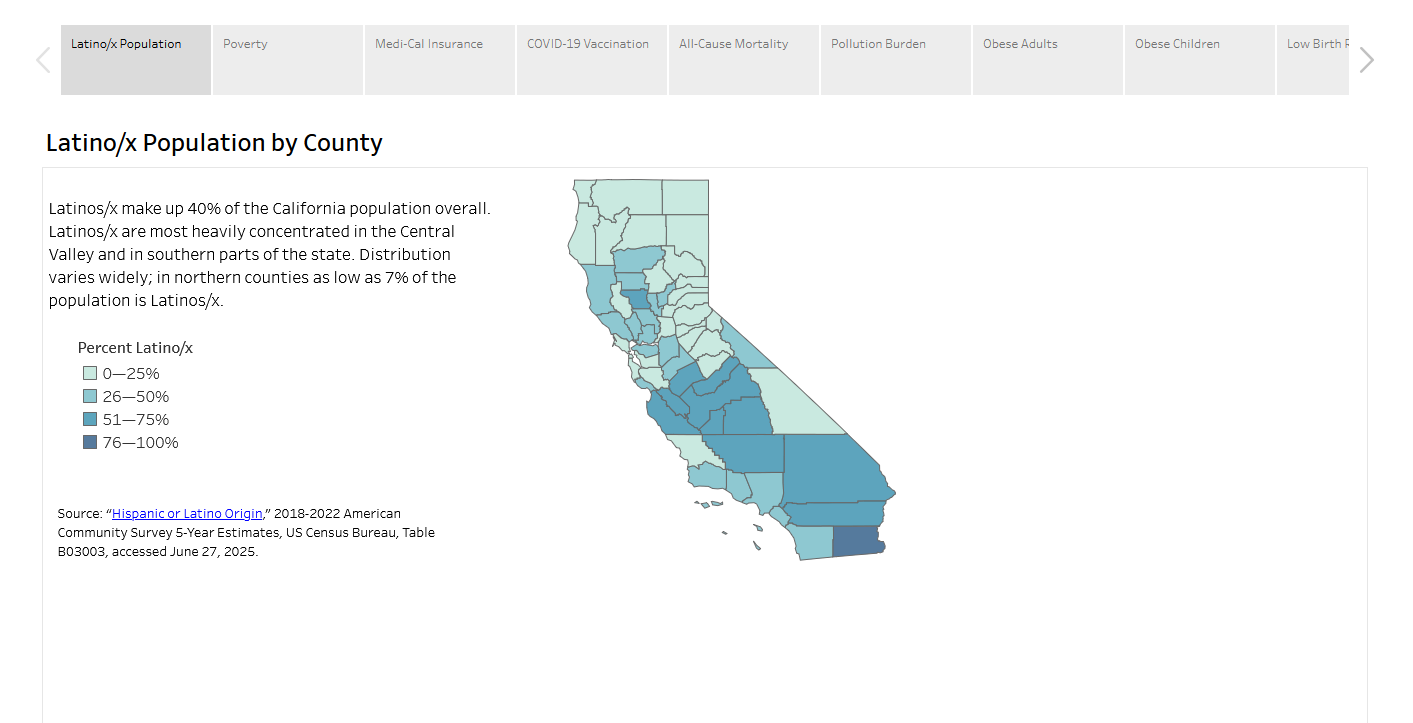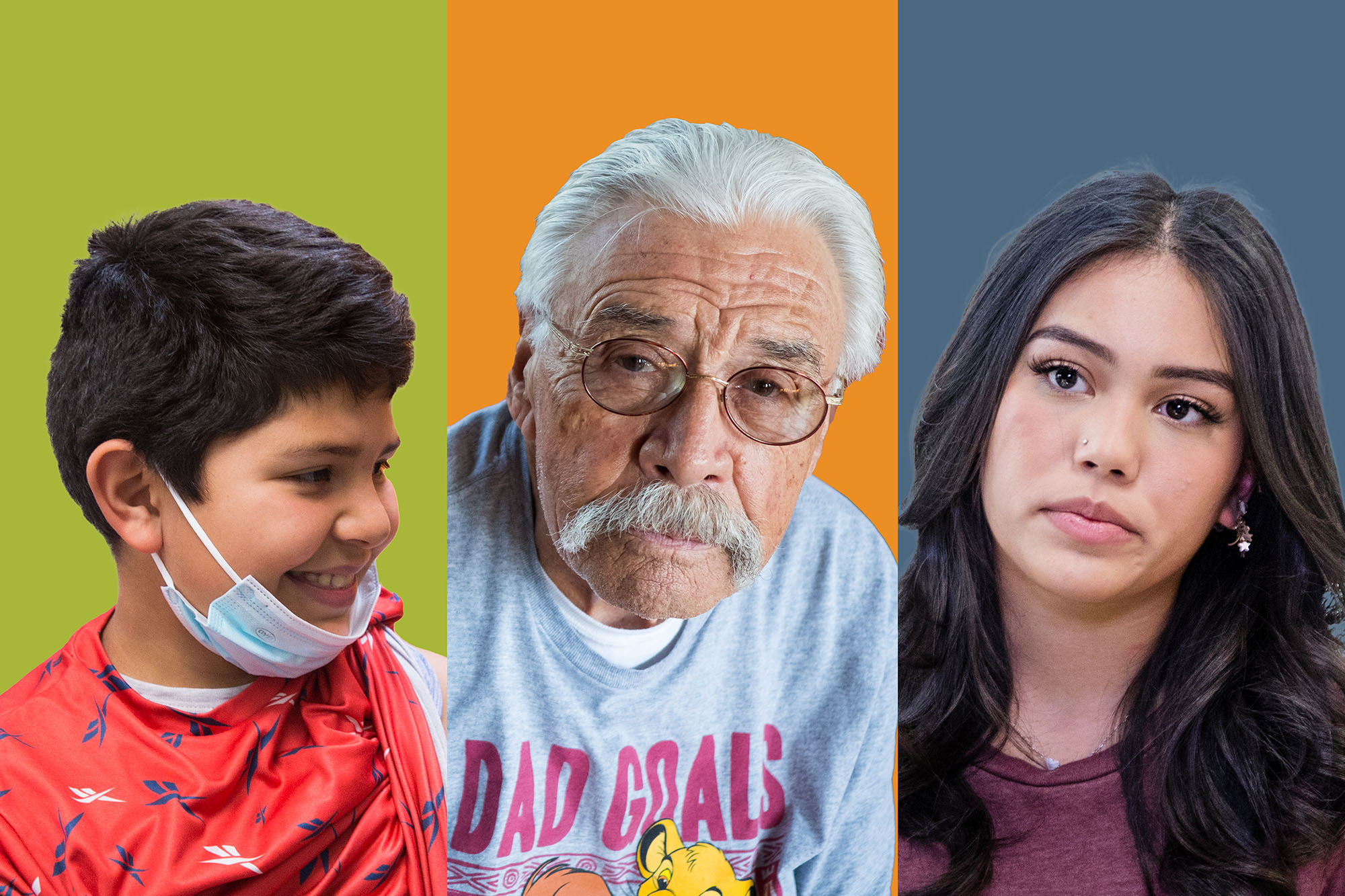|
Getting your Trinity Audio player ready…
|
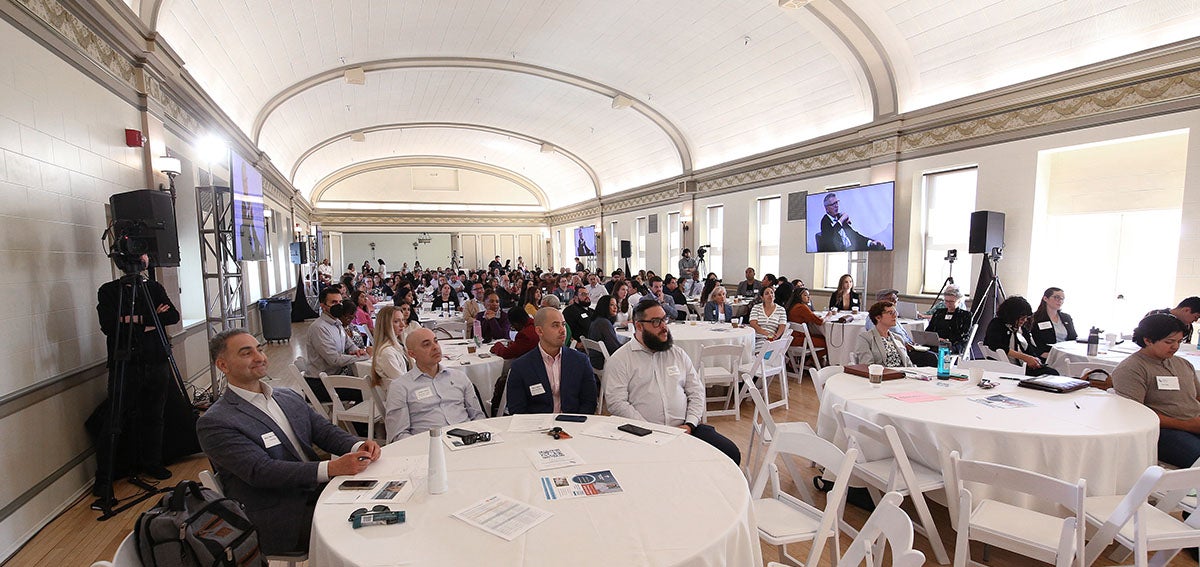
Geoff Gossett, 39, an illustrator in Madera County, was not surprised to learn that many residents of California’s Central Valley have difficulty accessing mental health providers.
Until 2019 Gossett lived in his native Los Angeles, the state’s most populous county. He was unemployed and relied on Medi-Cal and other public programs for mental health services. “In LA, I found that there were a lot more resources in terms of public programs that take Medi-Cal,” he said. “Up here, some of the therapists took it, but it was very sparse.”
He’s right. The Central Valley has less access to vital resources than the rest of California, according to data released recently by the California Health Care Foundation. The foundation’s 2024 Central Valley Health Policy Survey (PDF) found that 56% of the 1.8 million residents in the Central Valley counties of Mariposa, Madera, Fresno, Kings, and Tulare think their communities do not have enough mental health care providers.
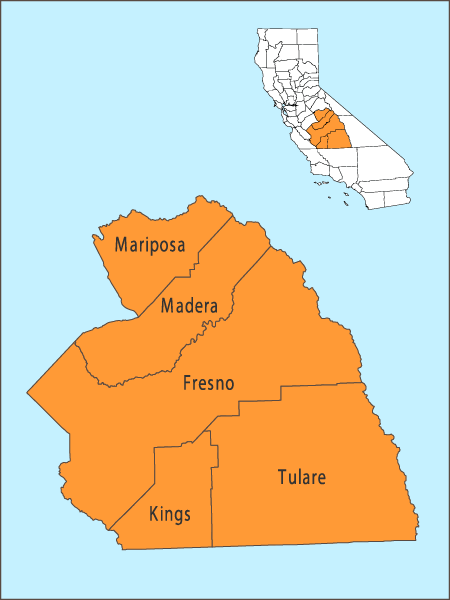
The Central Valley has some of the highest rates of mental illness and among the least adequate mental health resources in the state. These data were among the results presented to more than 150 attendees at a May 14 symposium in Fresno on improving health care in the Central Valley. The event, which drew community organizers, health advocates, journalists, and community organization leaders, facilitated a local dialogue to address the survey findings, share concerns of residents, and explore solutions health leaders are piloting.
“The Central Valley is such a vibrant and amazing community,” said CHCF Senior Program Officer Diana Camacho, MPH. “I’m excited to be here talking with people about what they experience with health and health care and what they think we really need to do to solve some of our biggest challenges.”
Camacho moderated one panel that featured Kaweah Health Chief Population Health Officer Ryan Gates, PharmD; CalViva Health CEO Jeffrey Nkansah, MPA; and Camarena Health Chief Medical Officer Joel Ramirez, MD, MBA.
The panel looked at issues of access, affordability, and health insurance coverage. The candid conversation offered a high-altitude perspective on roadblocks confronting health care institutions.
- Nearly half (48%) of Central Valley residents have medical debt, compared to 36% of people living elsewhere in California.
- More than one of three (35%) Central Valley residents say it has gotten harder to access high-quality, affordable care in recent years.
- One-half (50%) of Central Valley residents say they had to wait longer than reasonable for a physical health appointment.
- Central Valley residents are less likely to have a regular doctor or health care provider than residents elsewhere in the state (78% vs. 85%, respectively).
- Around one-third (30%) of Central Valley residents report experiencing a change in coverage in the past year. Among those whose coverage changed, 33% say their costs have increased.
Skipping or Delaying Health Care Due to Costs
“We found … around 63% of adults living in and around Fresno reported skipping or delaying health care due to costs in the last year,” said Kristof Stremikis, MPP, MPH, the CHCF director of market analysis and insight. “We’re talking about not going to the doctor because someone is worried about the cost of that visit. We’re talking about not following through on a recommendation that a doctor made around a test, a treatment, or a follow-up procedure because someone is worried about the cost implications for themselves or their family. Those findings are very, very stark.”
A second panel, moderated by Cresencio Rodriguez-Delgado, news director of NPR affiliate KVPR, looked at how local organizations are helping patients overcome barriers and filling gaps in care. Panelists included Madera County Department of Public Health Director Sara Bosse, MBA; Kimberly Clark, program director of the California Farmworker Foundation; and Genoveva Islas, MPH, founder and executive director of Cultiva La Salud, an obesity prevention program.
Community members at the event said they were especially concerned with issues of accessibility, equity, and affordability. Residents like Gossett know the correlation between affordable health care services and the risk that untreated symptoms may advance toward serious health problems. The CHCF survey documented this challenge.
“Delayed care is delayed treatment,” Islas said. “For the first time we’re seeing reports that call out our experiences specifically.”
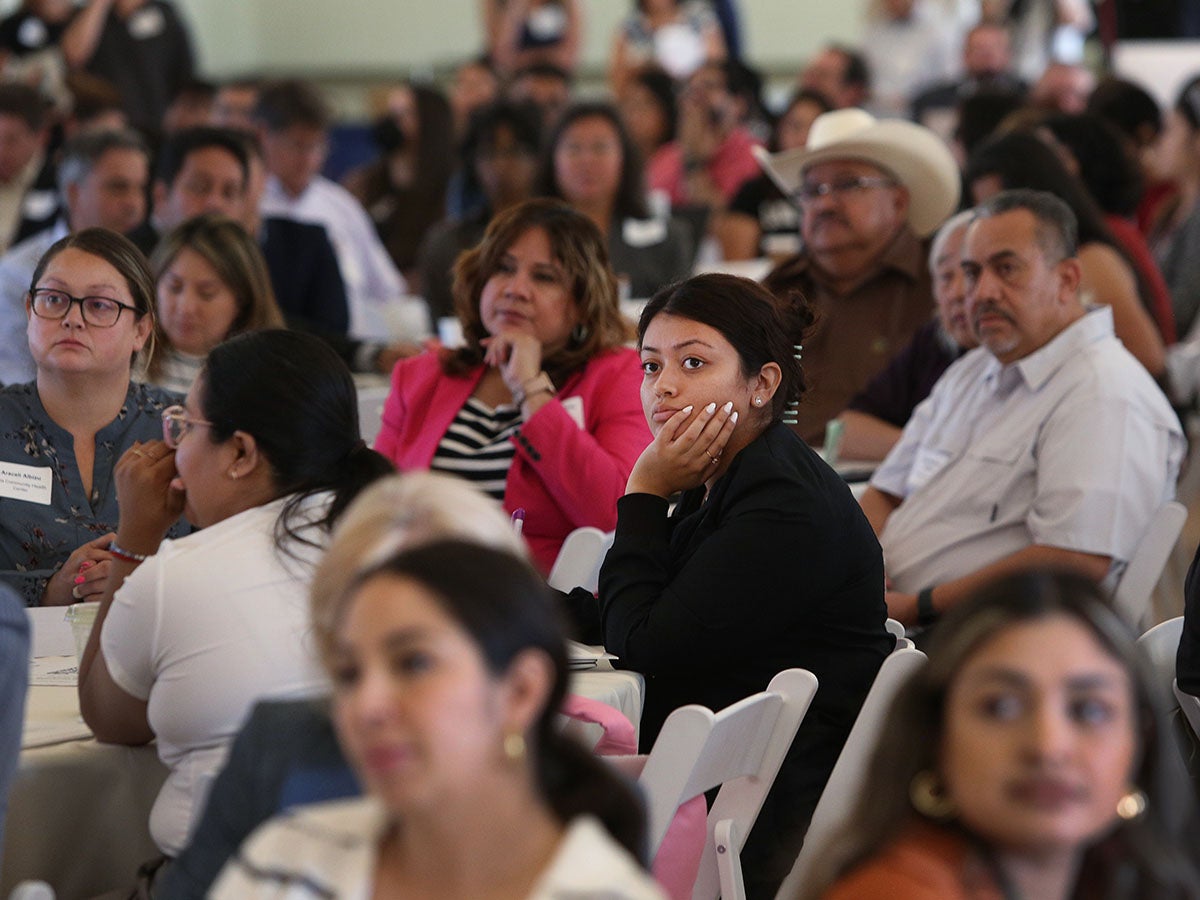
For years, local newspapers have reported on the limited access to health care, especially mental health care, for adults and youth in the region.
More than half (54%) of Central Valley residents report difficulty finding a mental health provider who takes their insurance. Two out of three residents of the valley (67%) say they had to wait longer than reasonable for a mental health appointment in the last year. More than half of Central Valley residents think their community does not have enough providers, especially mental health providers.
According to data from Community Medical Centers, Community Regional Medical Center and Clovis Community Medical Center report that the number of patients transferred from emergency rooms to the Community Behavioral Health Center has doubled since 2021, to 800 a month today.
These problems are in great part caused by a lack of resources resulting from inequity, Bosse said.
“I think that we are still struggling as a society to figure out what it looks like to be OK with disproportionate investment,” she said. “We still have fairness higher on the list as a priority than equity.”
Bosse said she has heard many stories from Central Valley residents about the “tough decisions” they must make when seeking health care. “Do they go ahead and get to that preventive health care visit or get to their dialysis treatment? Or do they prioritize their limited funds not on that transportation but on buying groceries? Those are difficult decisions to make,” she said.
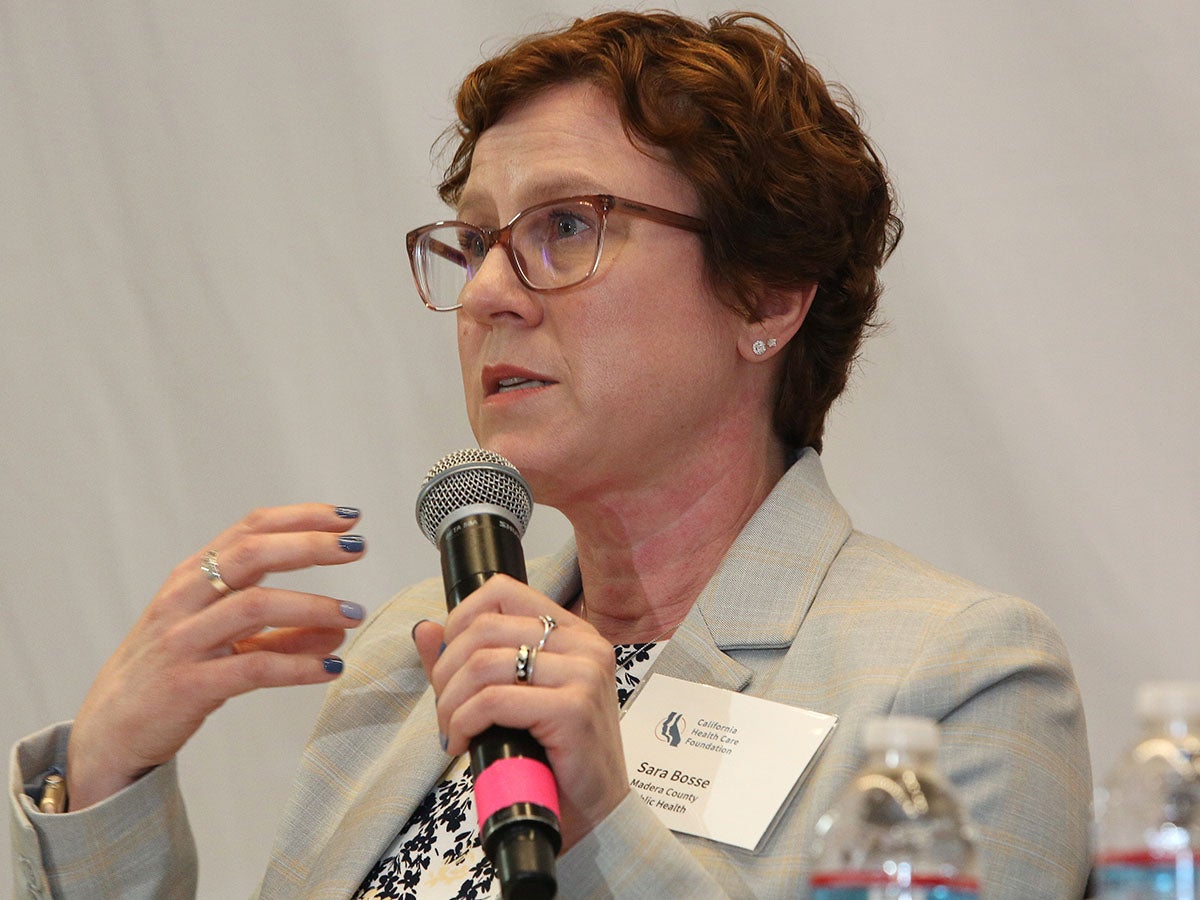
The Struggle to Find Help
Finding access to mental health care was difficult for Gossett when he was seeking help.
Before getting a diagnosis, Gossett knew he had a proclivity for depression and anxiety. He wanted to join a support group, but all he could find was an Alcoholics Anonymous program. He was looking for a different type of support group and medical help, and as the search dragged on inconclusively, he started to spiral downward.
“At a certain point, I was so bleh that I was, like, ‘Oh, do I need to check myself in somewhere?’” Gossett said.
Eventually he found a therapist, but that level of care was not up to the task. He and his wife closely analyzed his symptoms and concluded that his syndrome resembled that of attention deficit hyperactivity disorder. His therapist agreed, but to get an official diagnosis and a prescription, Gossett would have to see a psychiatrist.
“The process of finding an ADHD therapist and getting on medication was nightmarish at the time,” Gossett said. “Finding a psychiatrist was even worse.”
He eventually found a psychiatrist and got prescription medication to manage his ADHD. That is often not the experience of Central Valley residents.
Community Filling the Gap
Data have shown underserved communities, including populations of color and people with low incomes, face larger inequities when it comes to access to resources.
Mariposa, Madera, Fresno, Kings, and Tulare Counties are part of a major agricultural region that is geographically, ethnically, and economically diverse. Fifty-seven percent of residents are Latino/x, and 45% have incomes below 200% of the federal poverty level, compared to 30% of the overall California population.
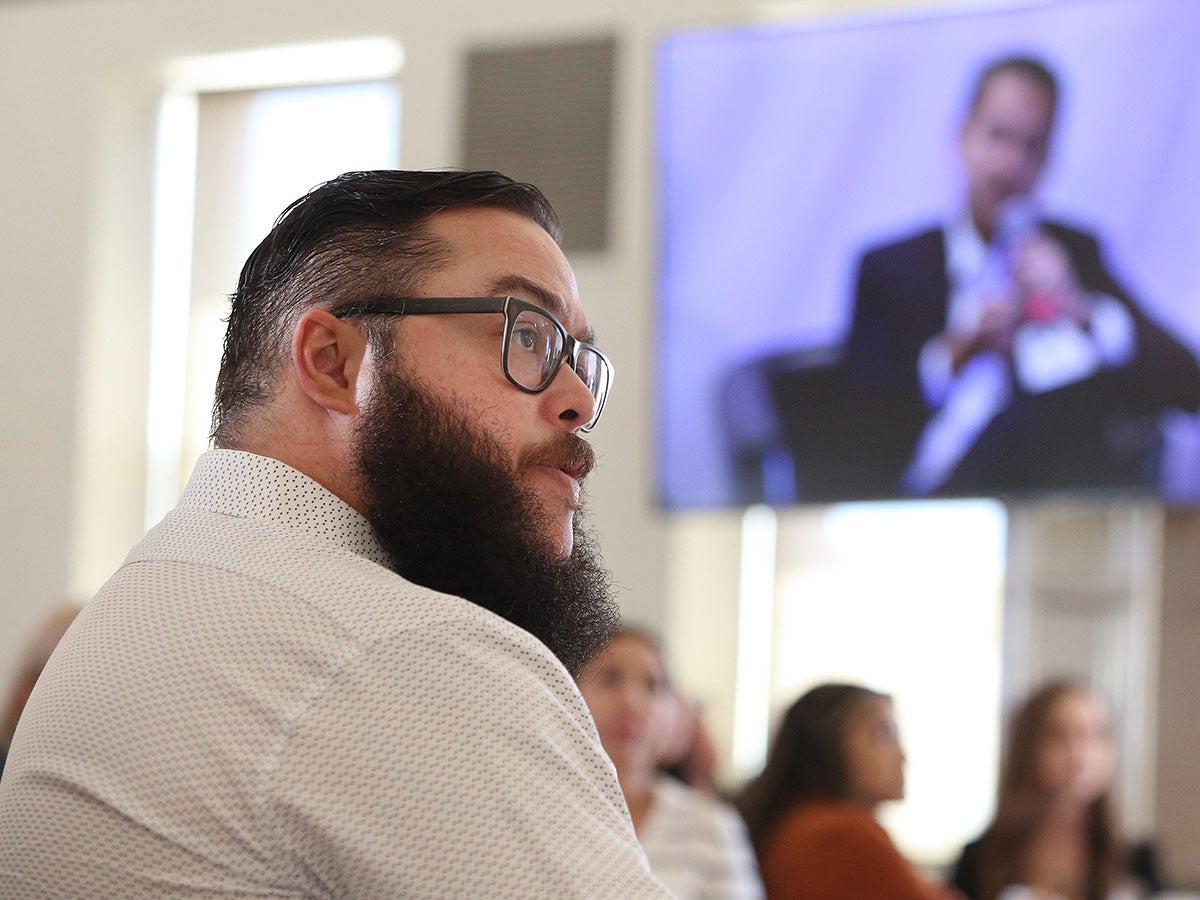
Local community organizations are working to help bridge the gap in accessibility of mental health care.
Islas said that community-based organizations such as Cultiva La Salud and Fresno Building Healthy Communities aim to facilitate health care and health education services. They rely heavily on community health workers, promotores, and health representatives (CHW/P/Rs) to try to close the access gap. Kaweah Health also employs promotores, community health workers, and care navigators to make access easier for Medi-Cal enrollees, including undocumented individuals, Gates said.
During the height of the COVID-19 pandemic, CHW/P/Rs distributed vaccines to marginalized communities and educated them about the benefits of immunization. CHW/P/Rs can help educate the public, gauge a community’s needs, and cultivate trust between residents and health care providers.
“We’re [Kaweah] out in the communities [making] home visits, out in the fields holding events, hiring people from the rural communities to be that promotora,” Gates said. “So now they’re hearing [health care information] from a neighbor or somebody they can know and trust and [giving them] the trust to enroll.” That leads directly to increased access, he said.
The Central Valley continues to search for sustainable solutions to the mental health accessibility issue, but it remains an uphill struggle, Islas said. The pathway to solutions requires the development of systems and structures to provide preventive services, including broader access to affordable care, public education about available resources, and a sufficient front line of workers like CHW/P/Rs who know where resources are most needed, she said.
“We need to act collectively for the good of our community,” Islas said.
Authors & Contributors

Isabel S. Dieppa
Isabel S. Dieppa is a freelance journalist and communications professional based in California. She previously worked as an education reporter at the Fresno Bee.
In 2018 she received a grant from the Pulitzer Center on Crisis Reporting to produce stories on property rights in Puerto Rico after Hurricane Maria.

Gary Kazanjian
Gary Kazanjian is a Fresno, California-based photojournalist who has worked for the Associated Press for more than two decades. He has captured news images for the New York Times, Fresno Bee, Los Angeles Times, San Francisco Chronicle, Time, People, Sports Illustrated, Working Mother, The Economist, and many others.
Gary has been a longtime photography instructor at the College of Sequoias and has taught photography at Fresno City College and California State University, Fresno.

